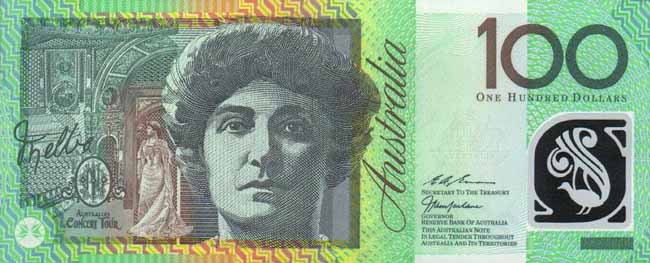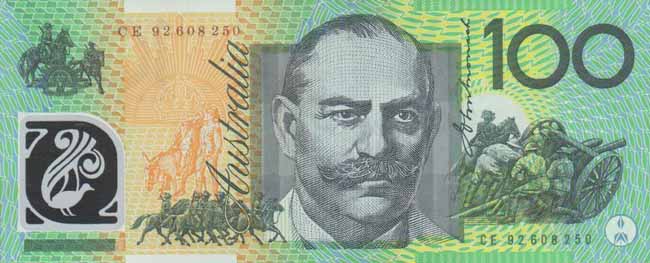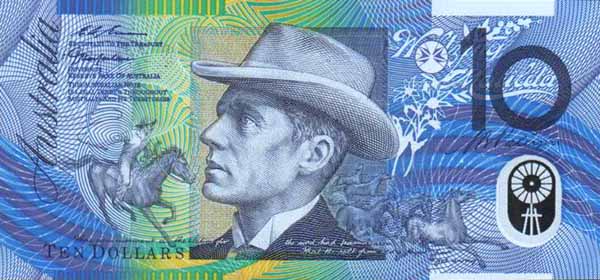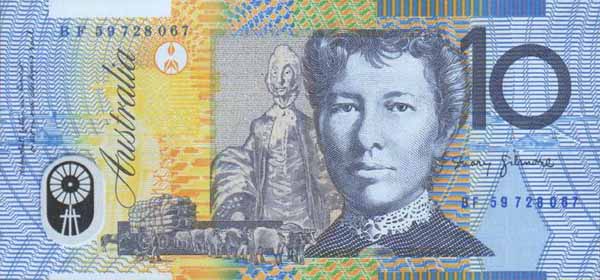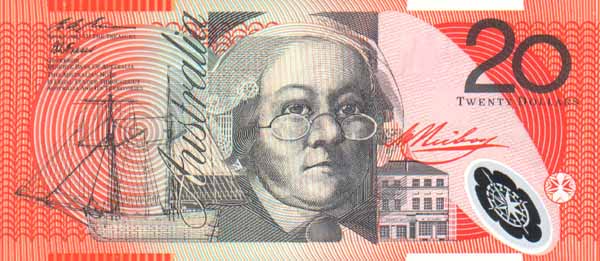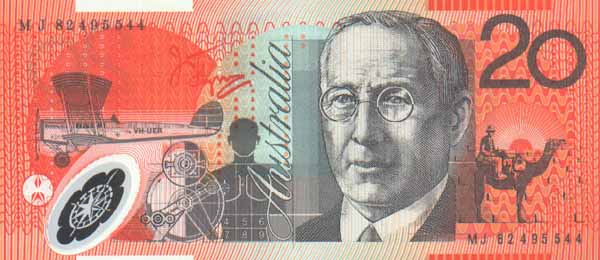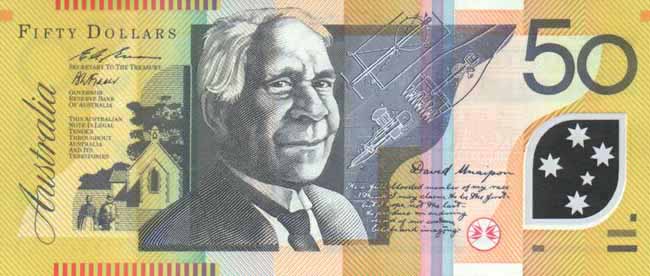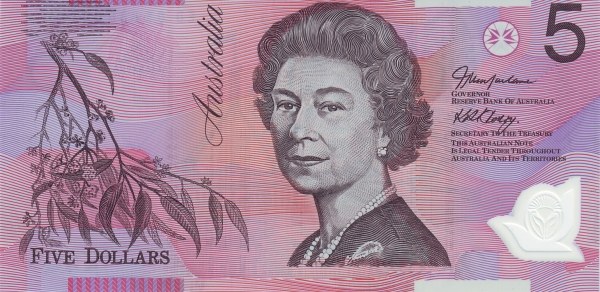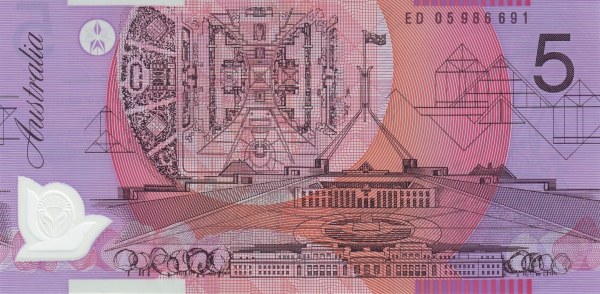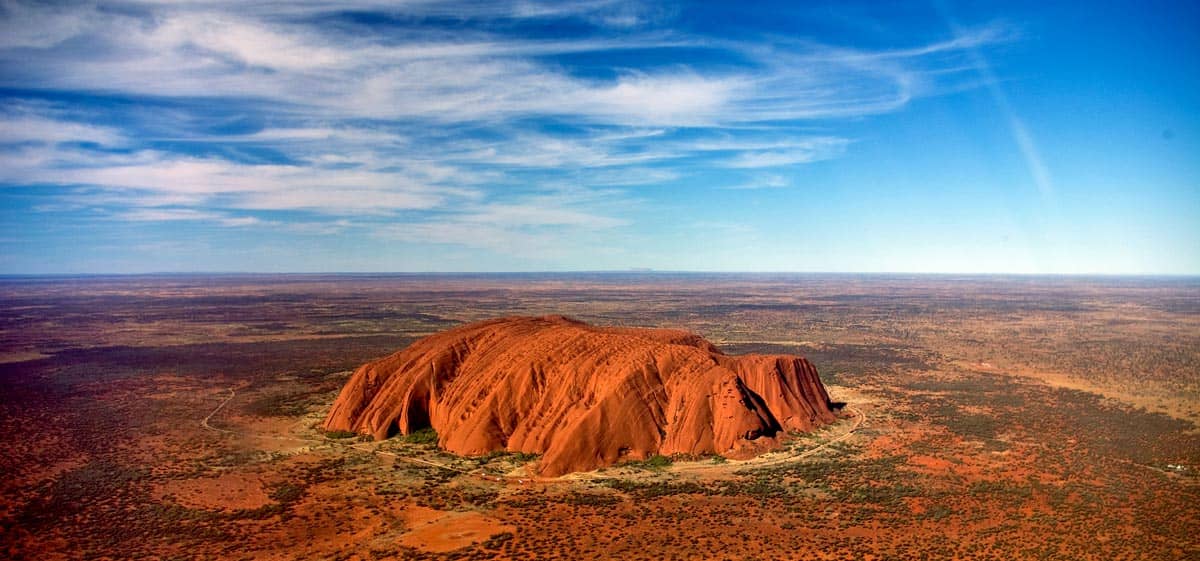Exploring the Wonders of Australia
Australia, a captivating land down under, promises an array of experiences that make it a unique destination. Often referred to as the "unknown southern land," Australia boasts stunning landscapes, diverse wildlife, and vibrant cultures. This vast continent lies entirely in the southern hemisphere, sandwiched between the Indian and Pacific Oceans. It shares its northern border with Maritime Southeast Asia and sits firmly above Antarctica. Thus, Australia is not only a country but also a massive island, renowned for its breathtaking coastlines stretching over 30,000 kilometers.
Geographical Marvels and Population Insights
When we delve into its geography, the size of Australia stands out prominently. Covering an area of 7,617,930 square kilometers, it approaches a size nearly equivalent to 95% of the continental United States, excluding Alaska. Notably, Australia ranks as the sixth largest country worldwide, yet its population remains relatively small, with only around 27 million inhabitants as of 2024. This remarkable aspect contributes to its low population density, which many other countries envy.
Australia's maritime boundaries touch various nations. It shares waters with East Timor, Indonesia, New Zealand, Papua New Guinea, and the Solomon Islands. Additionally, the islands of New Caledonia, a special collectivity of France, lie within its maritime reach. All of these factors contribute to Australia's unique positioning on the global map.
Major Cities and Cultural Nuances
The capital city of Australia, Canberra, may surprise some due to its status as a political center rather than a bustling metropolis. In contrast, cities like Sydney and Melbourne, with populations of 4.2 million and 3.5 million respectively, pulsate with vibrant energy. Indeed, Sydney serves as a vibrant cultural hub and is home to iconic landmarks such as the Sydney Opera House and the Sydney Harbour Bridge. Brisbane, Darwin, Hobart, Adelaide, and Alice Springs also add to Australia’s diverse urban landscape, enriching its cultural tapestry.
A Glimpse into Australia's History
Australia transitioned into a commonwealth of the British Empire back in 1901. During this crucial period, the nation capitalized on its wealth of natural resources, driving rapid development in its agricultural and manufacturing sectors. Furthermore, Australians played significant roles during major global conflicts such as the First and Second World Wars, showcasing their loyalty and contributions to the Empire.
Contemporary Australia and Environmental Challenges
Despite its thriving economy and rich resources, Australia faces long-term environmental concerns. One critical issue involves pollution, notably the depletion of the ozone layer. This natural phenomenon has raised alarms about the health of the environment. Moreover, effective management and protection of coastal areas remain pressing challenges, particularly concerning the Great Barrier Reef, a UNESCO World Heritage site. This stunning underwater ecosystem, famous for its vibrant marine life, requires diligent efforts for preservation.
The Cultural Mosaic of Australia
Beyond its landscapes and cities, Australia presents a rich cultural mosaic. The country's Indigenous populations, including the Aboriginal and Torres Strait Islander peoples, enrich Australia's heritage. Their deep-rooted traditions, stories, and art profoundly influence the cultural landscape. Moreover, Australia welcomes immigrants from around the globe, adding to its vibrant multicultural identity.
Outdoor Adventures and Natural Attractions
Consequently, outdoor enthusiasts will discover a treasure trove of experiences in Australia. From the rugged outback to lush rainforests, the country offers countless adventure opportunities. One can hike through the iconic Uluru-Kata Tjuta National Park or explore the pristine beaches of the Gold Coast. Incredibly, Australia’s natural beauty invites not only exploration but also appreciation of its biodiversity.
Embracing Innovation and Future Prospects
Looking towards the future, Australia continues to embrace innovations across various sectors. Its education system ranks amongst the best globally, attracting students from all horizons. Furthermore, the nation emphasizes sustainability, aiming to balance economic growth with environmental conservation. With a commitment to renewable energy sources, Australia is paving the way for a greener future.
Conclusion: The Allure of Australia
In conclusion, Australia encapsulates a balance of natural wonders, vibrant cities, and diverse cultures. Its captivating landscapes, combined with its rich history and progressive outlook, create an alluring environment that beckons exploration. As a destination that offers unique experiences, Australia certainly holds a special place on the world stage.
Largest cities of: Australia
| City Name | Population | Year of foundation | |
| Canberra | 462,000 | 1913 | |
| Sydney | 5,312,163 | 1788 | |
| Melbourne | 5,078,196 | 1835 | |
| Brisbane | 2,514,184 | 1824 | |
| Perth | 2,059,484 | 1829 | |
| Adelaide | 1,371,220 | 1836 | |
| Gold Coast | 679,127 | 1823 | |
| Central Coast | 348,881 | 1830 | |
| Newcastle | 322,278 | 1804 |
Australia: Money
